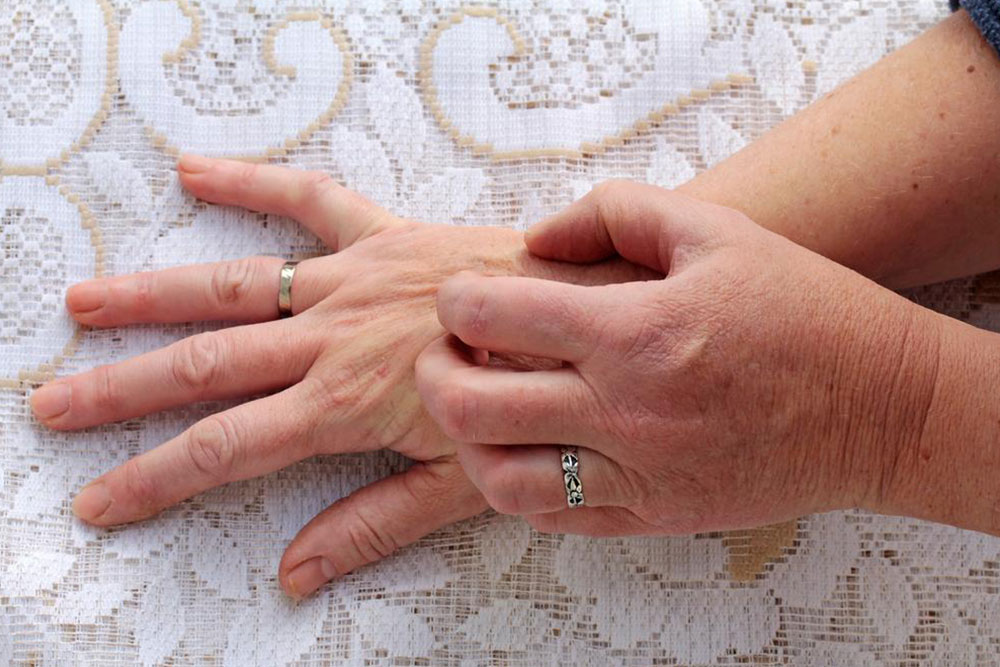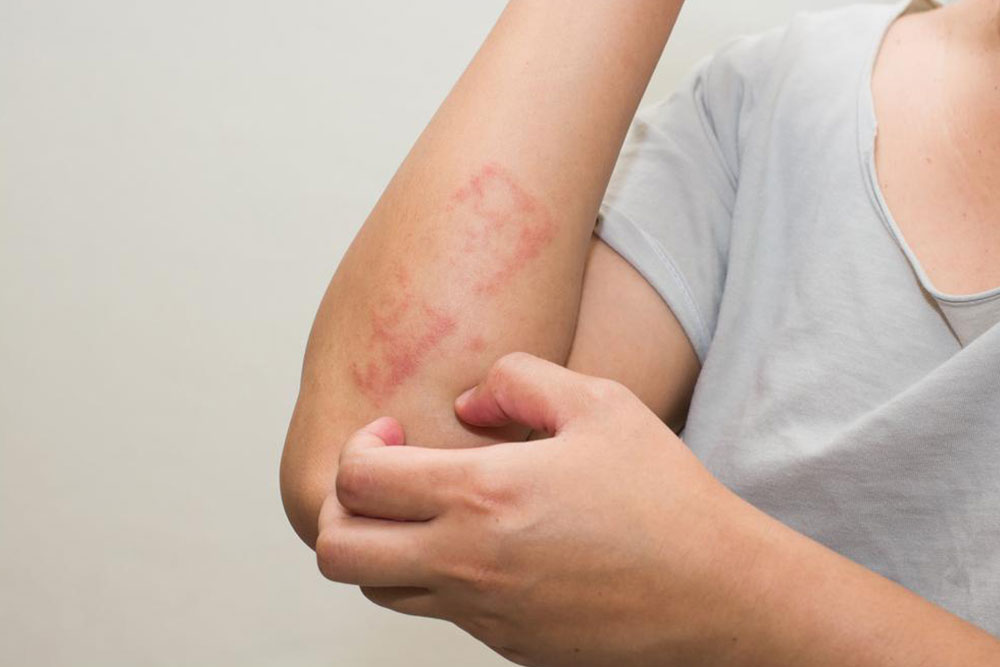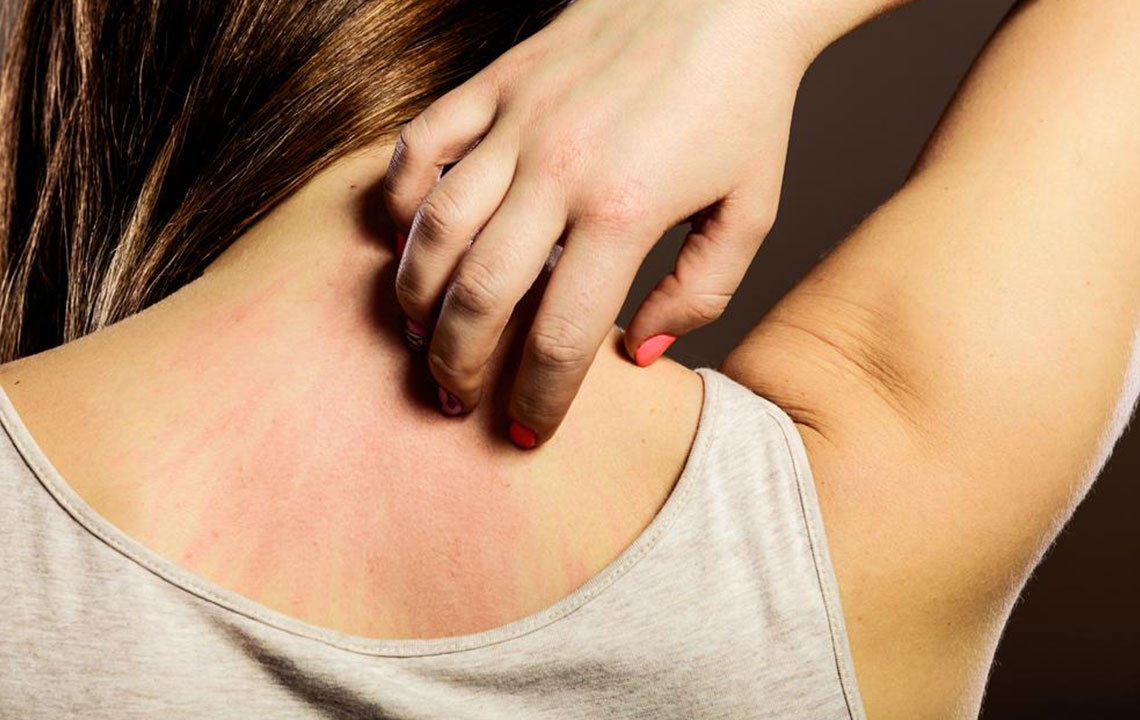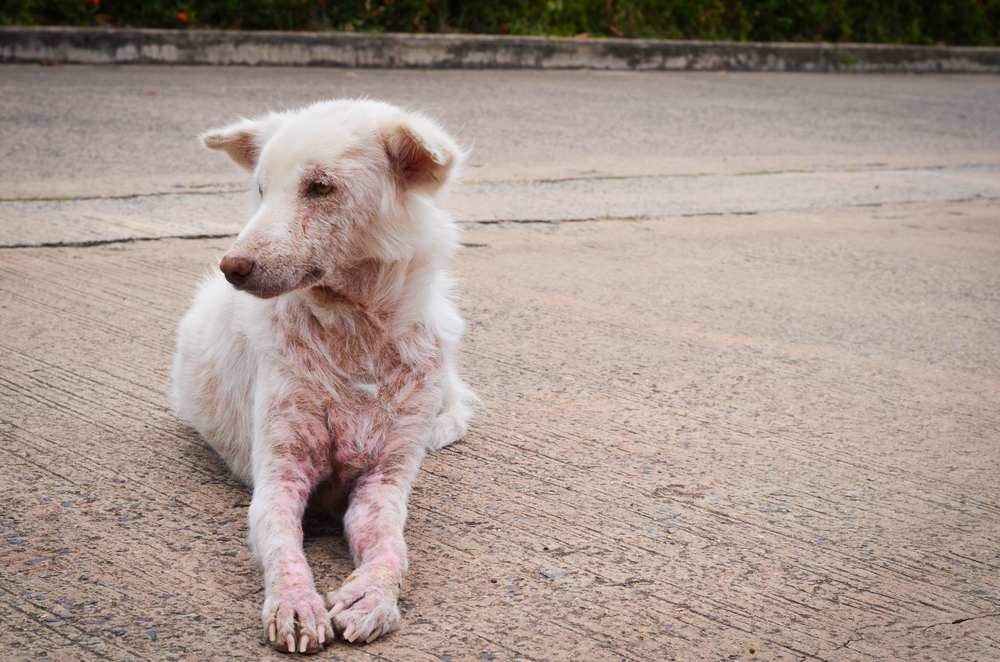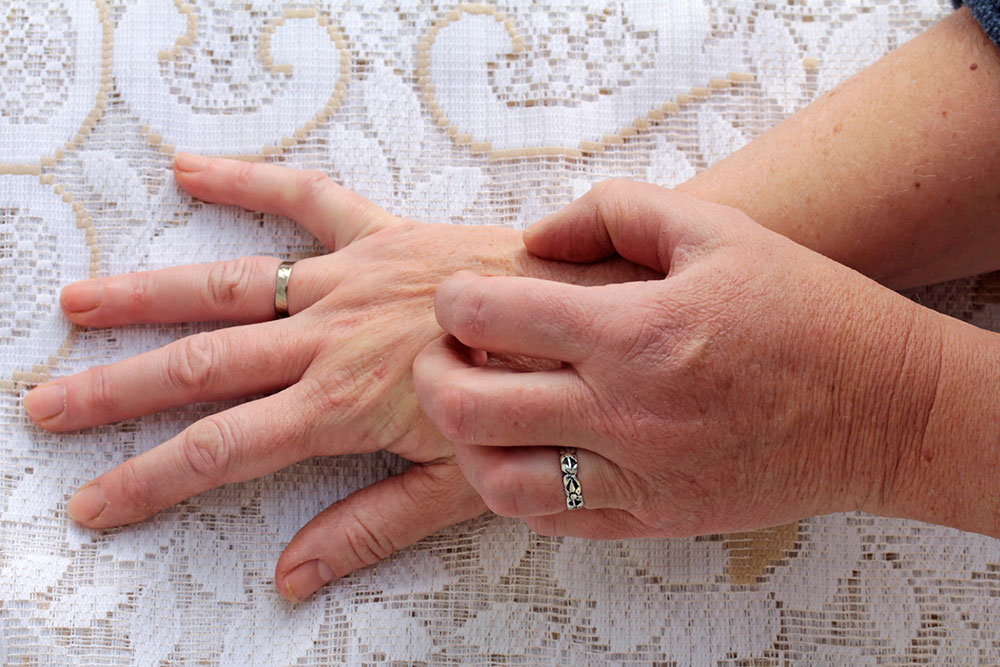Effective Strategies to Detect and Prevent Scabies Skin Rash
Learn how to identify and prevent scabies skin rash effectively. This guide covers symptoms, treatment options, and preventive tips to help manage and avoid spread. Consulting a healthcare professional is crucial for proper care and eliminating the infestation efficiently.
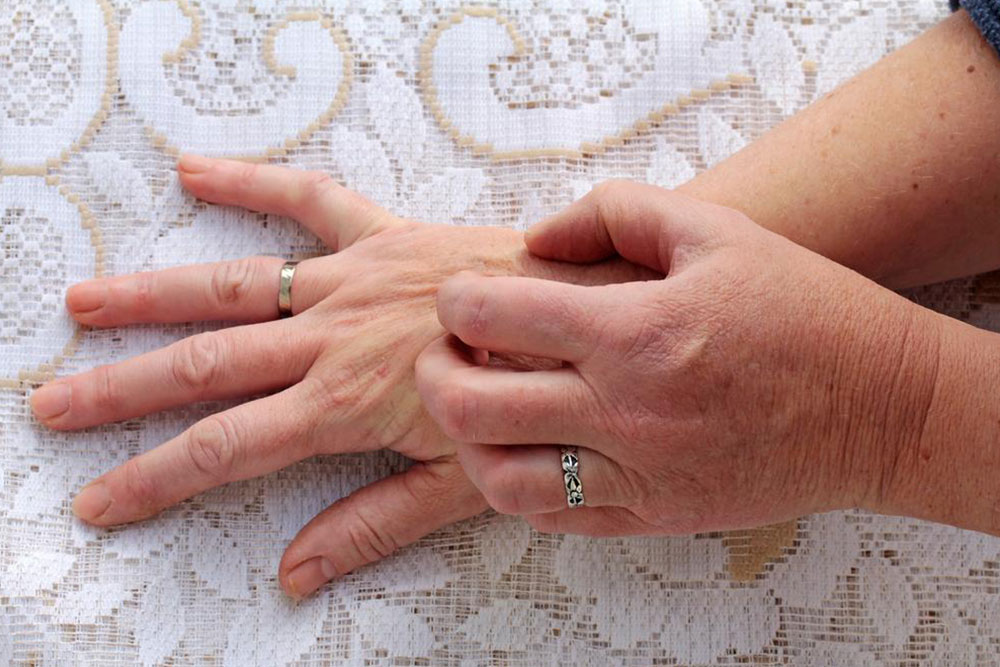
Effective Strategies to Detect and Prevent Scabies Skin Rash
Scabies manifests as a parasitic skin condition marked by tiny, itchy red bumps and blisters. These telltale signs are often mistaken for other skin allergies or bacterial infections, making diagnosis challenging. Typical symptoms include intense nocturnal itching, red and flaky patches, gray skin lines, and widespread rashes. Despite visual cues, proper medical evaluation is essential for accurate diagnosis and treatment. Over-the-counter medicines are ineffective against scabies; professional consultation is necessary. Adherence to prescribed treatments and preventive measures can reduce transmission and promote recovery.
It is crucial to follow proper treatment protocols. Seek a doctor’s recommendation for a suitable topical ointment that targets mites, typically applied from neck to affected areas overnight.
Numerous medicated creams kill mites effectively overnight, alleviating itching and aiding in infection control. Prevent spread by avoiding skin contact with infected individuals. Refrain from sharing unwashed clothes, bedding, or towels used by someone with scabies.
Washing all potentially contaminated linens, clothing, and bedding in hot water (at least 50°C) is essential to eliminate mites. Ensure thorough drying on high heat for a minimum of 10 minutes. Post-treatment cleaning, including vacuuming living spaces, helps prevent re-infestation and ensures your environment remains mite-free.

